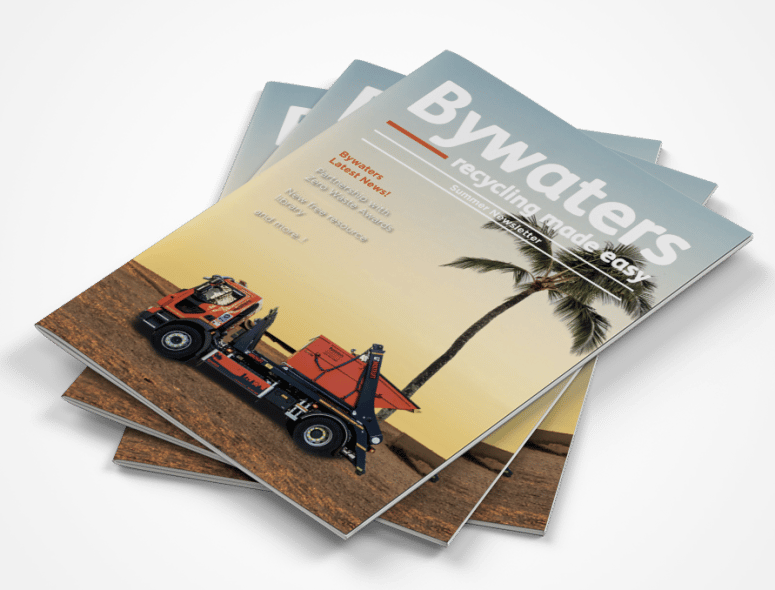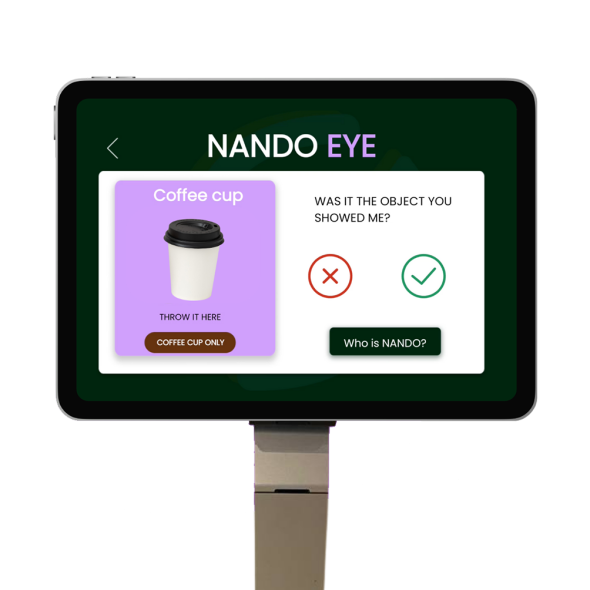Contact us today for your Free Quote
Following on from our post about food waste disposal, we examine the impact of food production and livestock
Earlier in the week we looked at the ways you can reduce food waste and use your unwanted food productively, but, both in terms of ending hunger and protecting environment, consumption is only one side of the coin. Today we’ll be looking at the ways that food production shapes our environment and affects the meals on our tables.
Old McDonald
We are a nation of farmers, but often we don’t stop to think about what that means for the land around us. In the UK, over half of the land’s surface is used for livestock and growing grass. That’s huge – Bywaters operates mostly within London, the largest city in the UK, but even the capital is tiny compared to the whole country. In fact, all cities and urban areas only account for 5% of the country’s landscape. Ten times more land is given to farming and livestock than for living and working.
In and of itself this is not necessarily a bad thing, as long as this land is being used efficiently. But from an environmental point of view, unfortunately, it’s not, and the problem is animals. Humans have been keeping livestock for over ten thousand years, but increasingly this ancient practice is posing a difficult problem for our land, our carbon footprint, and our environment.
Busy Farmyards
It’s common enough knowledge now that, correctly sourced, a vegetarian diet is more sustainable than an omnivorous one, but it’s one of those things that is difficult to put into context. Just four kilograms of beef, from field to plate, carries the carbon cost of a flight from London to New York City – and back again. Multiply that carbon cost by the amount of beef we consume in the UK every year – over a million tonnes – and the impact is eye-watering.
On top of this, livestock poses a huge problem in terms of land and ecology. The number of farm animals worldwide is increasing twice as fast as the number of humans, and we’re running out of land to put them on. Already, the UK uses twice as farmland as we actually possess, importing produce and meat from overseas to keep up with demand, and livestock is a large part of this.
To feed livestock requires doubling-up on land use; crops need land to grow, and the livestock needs land to live on. In fact, one third of the world’s crops are currently being used to feed livestock, and 90% of the soya that humans consume is embedded in fish, eggs meat and dairy. Removing the livestock link from the food chain would greatly reduce the amount of land we use while greatly increasing the crops available for human consumption.
Meat without Animals
Our Commercial Director, Mark Harbard, likes to sign off his emails with “Don’t eat anything that had a mum”, and for many the decision is that simple. As a business, we’ve taken the decision to replace all milk and butter with non-dairy alternatives, as much for environmental as ethical reasons, and we would encourage everyone to be mindful of the carbon and land cost of any meat and animal products. But large scale abandonment of meat and animal products seems unlikely in the immediate future, and so scientists are hard at work developing alternatives. Soon it may be possible to produce meat without keeping livestock, or even to grow crops without using land, through synthetic, lab-grown foods.
Lab-grown meat (also known as cultured meat) is produced directly from animal cells and feedstock without any need to slaughter animals. It can be grown in labs with far smaller square-footage than farms, and requires much less in the way of crops than traditional livestock – after all, we only need to grow the meat and not a whole animal.
It has been possible to make entirely lab-grown cultured meats since 2013, when the first stem cell hamburger was cooked an eaten in a televised event. The work in the years since has gone into bringing costs down: that burger cost £220,000 to make, whereas in 2020 it costs food tech startups only £50 to make a single cultured chicken nugget. Fifty quid per nugget is still far above meal-deal prices, but represents a huge leap towards affordability.
Science Fiction for Present Facts
None of these products have been approved for the market yet, in any country, but the potential is still there to revolutionise the way we produce and consume food. In George Monbiot’s documentary Apocalypse Cow, he even tries pancakes made from entirely lab-grown flour, produced only from air, electricity and bacteria. This kind of technology could produce enough cultured food to feed the world and eliminate the need for farmland altogether, freeing up much more space for natural habitats and carbon sinks (for more on this keep your eyes peeled for an upcoming post on rewilding).
If this all sounds a bit too “mad scientist” for you, then don’t worry. Farms aren’t’ going anywhere just yet, and it will be a long time before anyone’s bangers and mash will be grown in a science lab. But that only makes the problem of livestock more relevant. The eventual promise of sustainable cultured meat should not stop us from being mindful of the environmental and ecological effects of the foods we eat. As a recycling company we often stress the importance of sustainable disposal, but even if your food and waste is fully recycled with zero impact, it’s only half the story; how things are produced is just as important.
[mc4wp_form id=”414548″]


